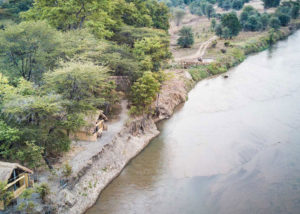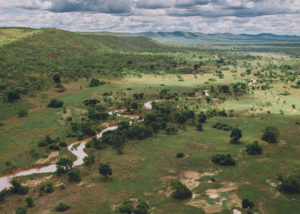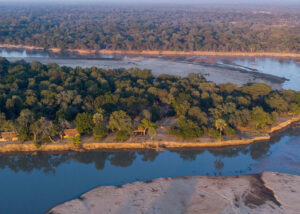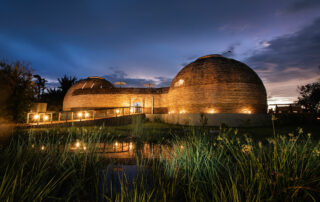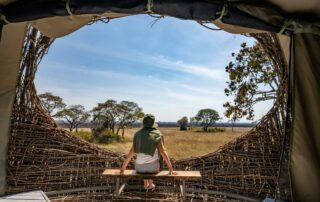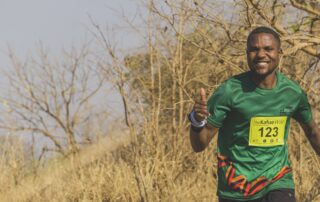NORTH LUANGWA NATIONAL PARK
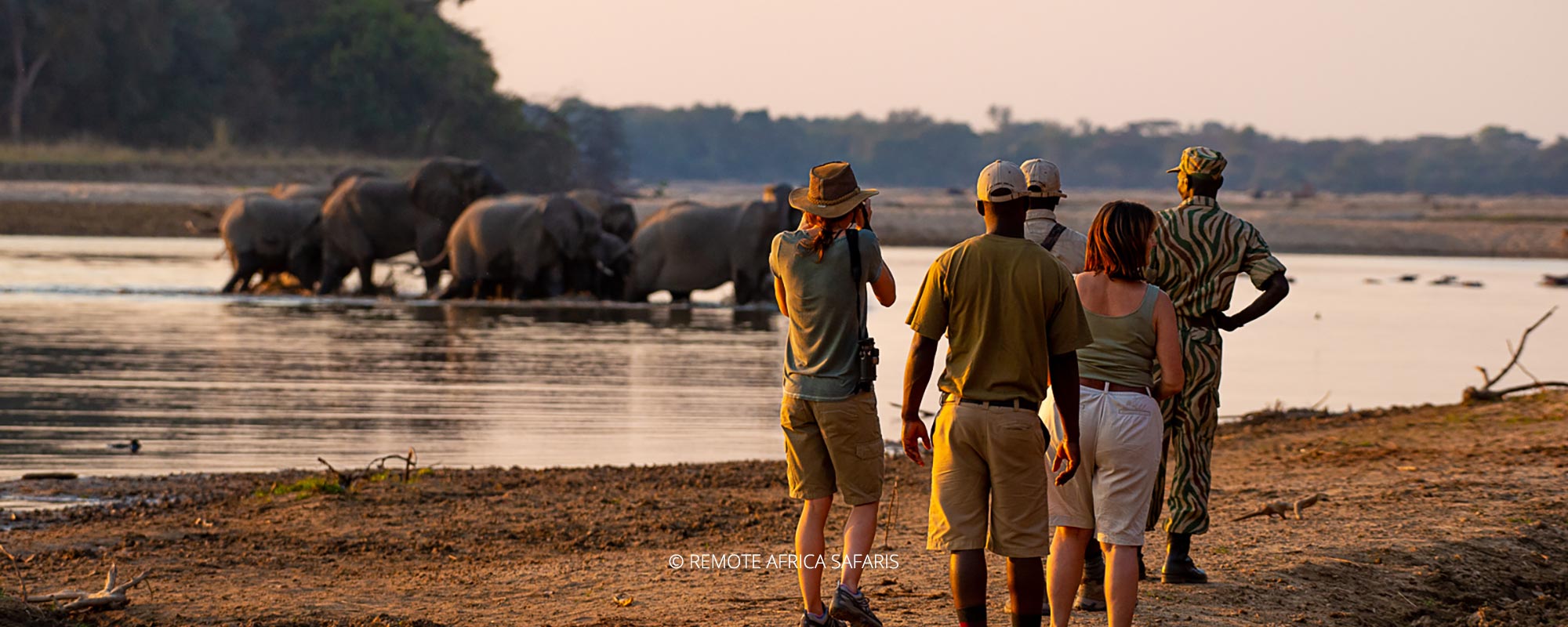
This remote tract of land, covering 4 636km² / 2 880mi², offers one of the finest wilderness experiences in Zambia, if not Africa itself. In addition to strong populations of buffalo, predators (including wild dog) and elephant, there is a stable herd of black rhino, making this a true Big Five destination. Like South Luangwa National Park, there are no giraffe.
The beauty of visiting this park is the truly remarkable opportunities to experience Africa as it was. It is wild and untouched and you are simply an unobtrusive witness to its natural beauty and drama. Although declared a wilderness area, it was not open to anyone other than Game Department rangers for more than 30 years. In 1984, John and Lorna Harvey sought permission to conduct walking safaris in the area and for many years were the only operators in this remote wilderness.
In 1989, two scientists, Mark and Delia Owens, famous for their book, Cry of the Kalahari, were granted permission to set up a research station. Through their influence and as a means of helping to curb poaching in the area, the authorities allowed entry to a few more safari operators who bring limited numbers into the park for guided walking safaris and game drives (no self-driving or private camping is permitted). Their efforts in North Luangwa are documented in their book, Survivors Song: The Eye of the Elephant.
There are very few roads and you are unlikely to see anyone else for the duration of your trip. Like the South Park, it lies on the western bank of the Luangwa River bordered on the other side by the dramatic Muchinga Escarpment which rises over 1 000m / 3 280ft from the valley floor. Its hazy outline can clearly be seen from the Luangwa River.
There are a number of tributaries running through the park and into the Luangwa that play an important ecological role in the area. The crystal-clear Mwaleshi River trickles down the escarpment in a series of small waterfalls. It recedes in the dry season, leaving many pools along the way, drawing the animals from the bush to its banks in search of water. No game drives are permitted in the Mwaleshi area and access is by organised walking safaris only.
The vegetation ranges from mopane woodland to riverine forest; open grasslands and acacia thicket. Trees include the beautiful sausage tree, vegetable ivory palms, red mahogany and leadwood.
MORE INFORMATION
- Area: 4,636km² / 2 880mi²
- Founded in: 1972
- Province: Northern Zambia
- Co-ordinates: 11.9114° S, 32.2654° E
Operators in this region conduct safaris in the dry season from June to October when animal sightings are at their peak. Access in the wet season (from about November to May) is virtually impossible thanks to black cotton soil, dirt roads and swollen waterways.
Although this park was officially opened to the public in 1984, the infrastructure is not sufficiently developed to cater for independent travellers, self-drivers or campers. The best way to experience this park is with one of the operators running safaris here. You can fly into either Mfuwe International Airport (about four hours away) and be picked up, or be brought in from the Mpika side of the escarpment. There are two airstrips that are open for charter flights.
North Luangwa National Park is noted for its massive herds of buffalo, a spectacular sight especially if they’re seen on the run, kicking up dust behind them. Large prides of lion inhabit the territory and it is not uncommon to witness a kill. Other common mammals are hyena, Cookson’s wildebeest, bushbuck, zebra, warthog, baboon, vervet monkey, puku and impala. Elephant and leopard are also seen but not as frequently as in the South Park. You are more likely to see hartebeest, reedbuck and eland here than in South Luangwa.
All the birds in South Luangwa have been recorded here as well. Sighted regularly are crowned cranes, purple-crested loeries, broad-billed rollers, Lilian’s lovebirds, carmine bee-eaters, giant eagle owls and Pel’s fishing owls. Occasionally seen are the bat hawk, black coucal and osprey.
FEATURED LISTINGS
LATEST NEWS
Major Updates at Kafue Lodge After Tragic Fire
A devastating fire in 2023 proved to be the catalyst for a fresh start and an exciting new chapter at Ila Safari Lodge in Kafue National Park. After the heart-breaking destruction of the old boma and some communal areas, the [...]
Iconic Kafue ‘Nest’ Camp Opening Early
Chisa Busanga, arguably one of the most unusual camps in Zambia, will be opening on 1 May 2024 rather than 1 June thanks to favourable conditions in Kafue National Park. With more drier ground available earlier than usual, guests will [...]
Date for 2024 KafueWild Trail Run Announced
Trail runners should mark Saturday 21 September on their calendars as the day to be at the starting line of the KafueWild race in Kafue National Park. A joint effort between the Department of National Parks and Wildlife, African Parks, [...]

